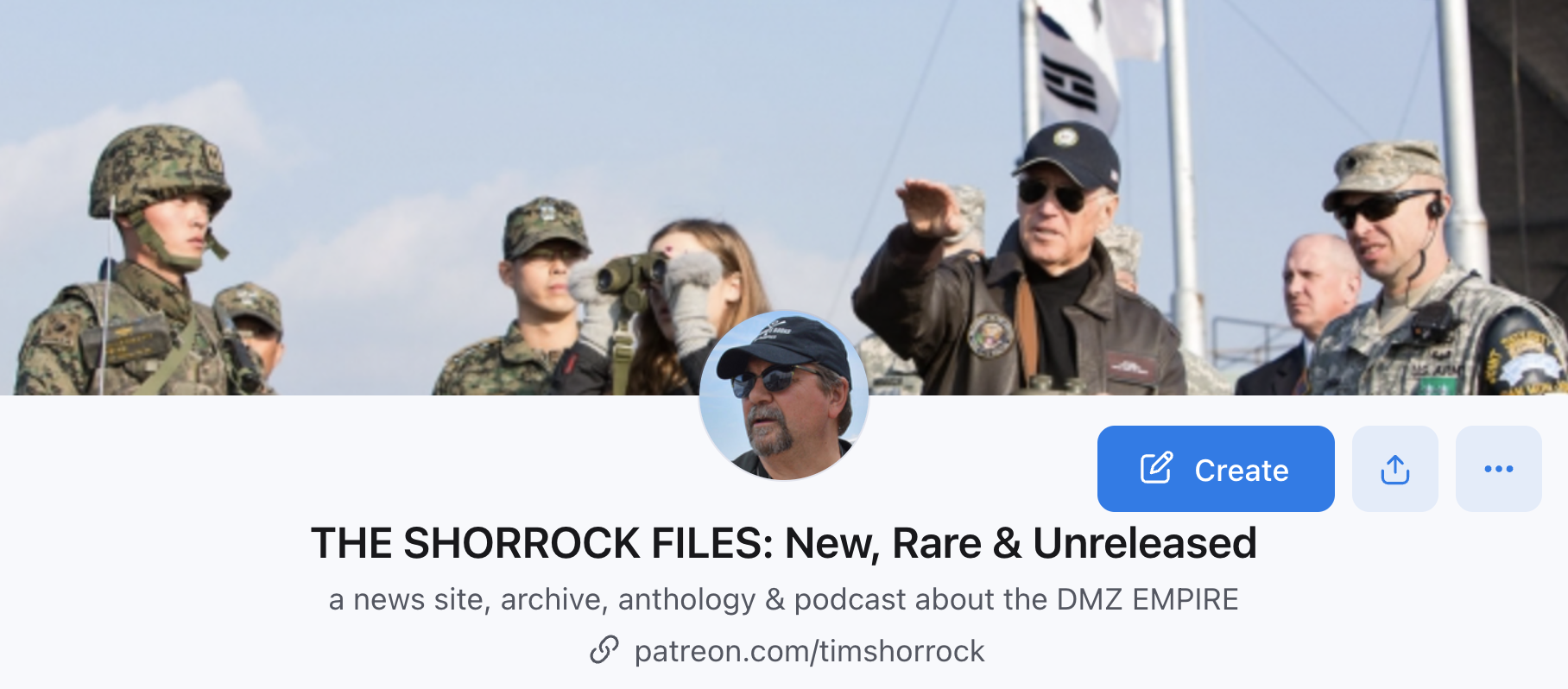BOX 2, FILE 4 (May 22, 1980)
This document from the National Security Council provided the full notes to the May 22, 1980, meeting where the Carter administration agreed to deploy military force to end the Gwangju Uprising.
The participants included the Deputy Secretary of State, Warren Christopher; Richard Holbrooke, assistant Secretary of State for East Asia and the Pacific; Zbigniew Brzezinski, Carter’s National Security Adviser; CIA director Admiral Stansfield Turner; Donald Gregg, the NSC’s top intelligence official for Asia and a former CIA Station Chief in Seoul; and U.S. Defense Secretary Harold Brown.
Carter’s foreign policy team quickly came to a consensus. “The first priority is the restoration of order in Kwangju by the Korean authorities with the minimum use of force necessary without laying the seeds for wide disorders later,” the minutes state. “Once order is restored, it was agreed we must press the Korean government, and the military in particular, to allow a greater degree of political freedom to evolve.”
The US position was summed up by Brzezinski: “in the short term support, in the longer term pressure for political evolution.” As for the situation in Kwangju, the group decided that “we have counseled moderation, but have not ruled out the use of force, should the Koreans need to employ it to restore order.” If there was “little loss of life” in the recapture of the city, “we can move quietly to apply pressure for more political evolution,” the officials decided.
Once the situation was cleared up, the cabinet agreed, normal economic ties could move forward – including an important $600 million Export-Import Bank loan to South Korea to buy American nuclear power equipment and engineering services. Within hours of the meeting, the US commander in Korea gave formal approval to the Korean military to remove a division of Korean troops under the US-Korean Joint Command and deploy them to Kwangju.

